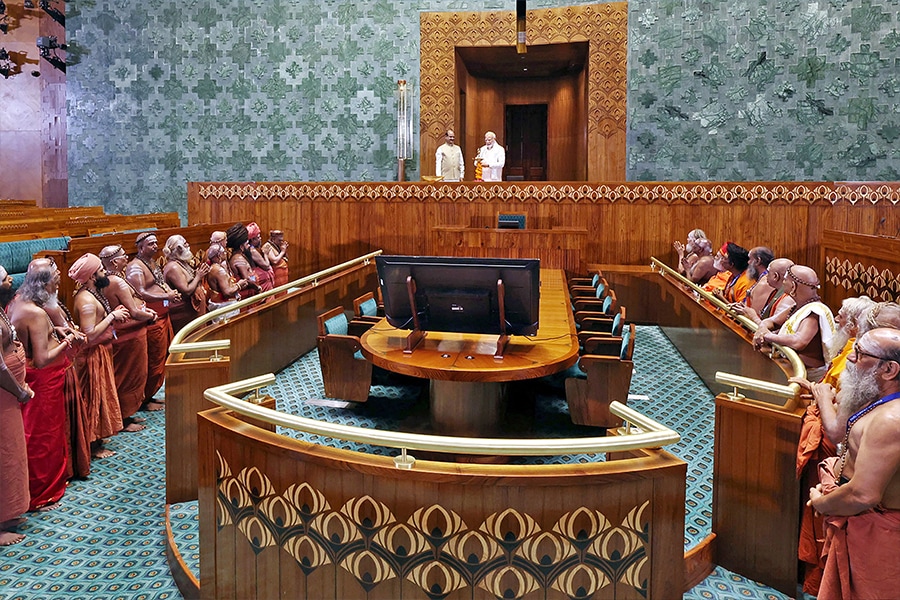
New Parliament House of India: Here's a timeline, cost, design, features, and more
This blog explores the new Parliament of India, its construction, design, and cultural significance

During the momentous 75th year of Independence, Narendra Modi, the Prime Minister of India, unveiled the new Parliament building. This architectural masterpiece was designed by Indian talent Bimal Patel. It embodies the entire nation's rich culture, pride, and spirit.
As part of the Central Vista Redevelopment project, the new Parliament building overcomes infrastructural challenges that hindered parliamentary operations.
On May 28, 2023, PM Modi inaugurated India's new Parliament building. During the ceremony, Modi unveiled a plaque dedicating the building to the nation. He also received a gold-plated sceptre called "Sengol" from Adheenam priests and placed it near the Lok Sabha Speaker's chair as per tradition.
Central Vista project
The Central Vista Project is a massive redevelopment project in New Delhi that includes the construction of the new Parliament House and the reconstruction of several other government buildings and public spaces. The Government of India has undertaken the project, and it is expected to be completed by 2026. The total cost of the Central Vista Project is estimated to be ₹20,000 crore (US$2.5 billion).
How does the new Parliament building look?
The new Parliament building is a triangular-shaped house located next to the old Parliament House in New Delhi. The new building houses the Lok Sabha (lower house of Parliament) and the Rajya Sabha (upper house of Parliament), as well as other offices and facilities for members of Parliament and staff.








